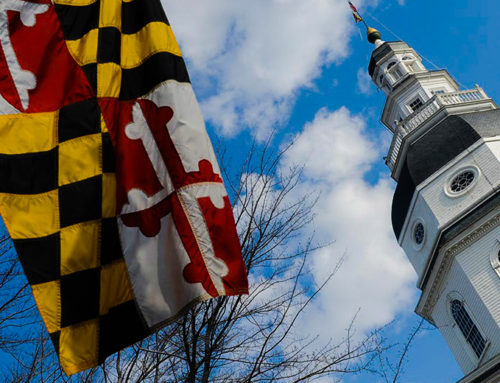View by Topic
Recent Articles
-
Congress Blocks California’s Gasoline Car BanSaturday, May 31st, 2025
-
EPA Will Keep Current Limits for “Forever Chemicals” in Drinking WaterSaturday, May 24th, 2025
-
Court Indefinitely Pauses SEC Climate Rule LitigationSaturday, May 17th, 2025
-
Maryland is About to Regulate Mold But is the Cart Before the HorseSaturday, May 10th, 2025
View by Month/Year
“Green Building Law Update” Headlines
Recent Articles & News from
Stuart Kaplow’s blog
at GreenBuildingLawUpdate.com
- Congress Blocks California’s Gasoline Car Ban: A Legal and Policy Analysis June 1, 2025
- EPA Will Keep Current Limits for “Forever Chemicals” in Drinking Water May 25, 2025
- Court Indefinitely Pauses SEC Climate Rule Litigation May 18, 2025
- Maryland is About to Regulate Mold: But is the Cart Before the Horse? May 11, 2025
Subscribe to the Green Building Law Update!
Stuart Kaplow brings his expertise and extensive experience to the table with his unique digital publication, "Green Building Law Update". Subscribers receive regular updates to keep them informed about important issues surrounding Environmental Law, Green Building & Real Estate Law, as well as the emerging demand for Environmental Social Governance (ESG).
Get fresh content through the lense of Stuart Kaplow's cutting-edge expertise, innovative commentary and insider perspective. Don't miss another issue! Subscribe below.
New Permits For (Old) Historic Sites
Without any change in statute, Baltimore County has significantly altered the process of obtaining building permits for historic properties.
The development regulations have provided, since 1978, at Code Section 26-278, that “historic structures or sites identified on any of the lists ‘must be preserved.'”
The “lists” include the County Preliminary and Final Landmark List, the County Local Historic District list, the National Register District list, the National Register of Historic Places list, and the Maryland Historical Trust (MHT) Inventory.
While the County Landmark List and Local Historic are a compilation of historic properties, the other lists are not.
The MHT inventory is described by the State as a “basic survey” from which historic significance analysis may be conducted. The MHT inventory contains about 2,900 County sites that are at least 50 years old, but meet no other criteria. Current County practice uses the list as a regulatory inventory (e.g., a purpose for which it was not created nor particularly well suited).
The County’s 16 National Register Districts containing approximately 860 structures have not in the past burdened property owners, but are now also being subjected to County regulation.
The same is true for the 52 structures listed as National Register of Historic Places in the County.
Current County practice regulates structures on any of the five listings.
In a new effort to err on the side of caution in preserving historic resources, any application for a building permit to construct an addition or alter or to raze a structure on any of the listings, now requires a waiver.
Waivers from Code Section 26-278, that prescribes historic structures or sites be preserved, may be sought through two different mechanisms.
An application for “special hearing” before the Zoning Commissioner is one mechanism. After application, including the requisite 12 copies of the site plan, metes and bounds description, etc., and following the posting of the property and advertisement in the newspaper, and a hearing before the Landmark Preservation Commission, a public hearing is held before the Zoning Commissioner.
The alternate mechanism for seeking the waiver is an “administrative variance” that after the application described above, requires posting the property. If no
one objects to the relief requested (as described on the sign), upon the recommendation of the Landmark Preservation Commission and the Director of Planning, the waiver may be granted without the necessity of a public hearing.
The choice of which mechanism is preferable varies from site to site, depending largely on timing (i.e., the public hearing may be quicker). Many people are not aware that their property is listed on one of the inventories and time is key when they learn of the historic issue at time of permit application.









